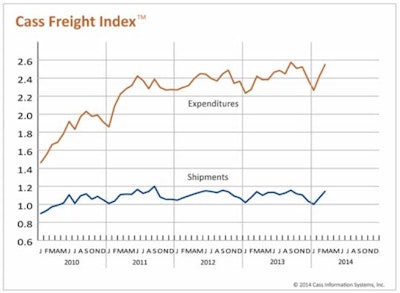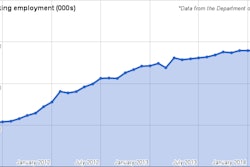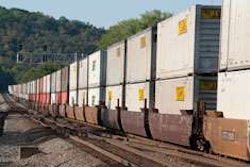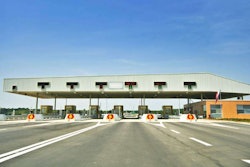North American freight volume payment continued to climb in March, ending the first quarter of the year on a high note, according to the latest Cass Freight Index Report.
 Courtesy Cass Information Systems Inc.
Courtesy Cass Information Systems Inc.Bad weather continued to plague many parts of the country, but transportation seemed to be less affected than in January and February, notes Delcan Corp.’s Rosalyn Wilson, who provides supply chain analysis for Cass.
March shipment volume increased 6.6 percent over the prior month, on top of the 7.3 percent rise seen in February.
The number of shipments was 0.4 percent higher than last March and 4.6 percent higher than in March of 2012.
Truck traffic has been picking up after falling for the first two months of the year. Freight volumes in the first quarter were up more than 10 percent over the fourth quarter of 2013, showing the strongest start of the last few years – but it remains to be seen whether the number of shipments will follow the trends of recent years and falter in the second quarter, the report points out.
Freight expenditures rose for the second month in a row, up 5.4 percent over February.
“Expenditures rose at a slower rate than volumes, indicating that most of the increase can be attributed to the change in volume,” Wilson says.
This is the second highest point the payments index has reached in four years, and 5.3 percent higher than in the same month in 2013, according to Cass.
Freight spending was up 6.8 percent in the first quarter of 2013 compared to the previous quarter.
“Manufacturing and production have turned a corner and are back in expansion mode. Strong new orders and backlog figures bode well for the freight sector,” Wilson concludes. “All in all, lots of strengthening in the economy, but taking everything into consideration the signals are still mixed. It will be interesting to see if we can continue to climb up or if we will keep with the trend of recent years and stumble in the second quarter.”









